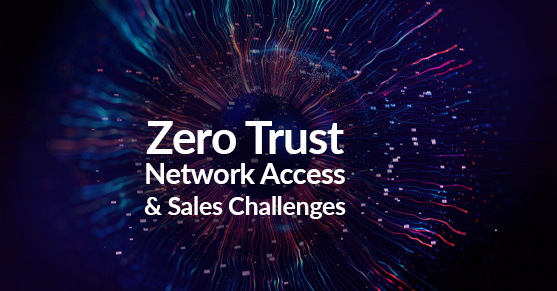Zero Trust Network Access (ZTNA) is a security framework designed to protect modern networks from security threats by adopting a model that treats every user, device, and application as untrusted.
In a traditional security model, the perimeter of the network is protected by firewalls and VPNs, but these traditional approaches are no longer effective, as they are unable to defend against advanced cyberattacks that exploit human and technical vulnerabilities.
In contrast, ZTNA adopts a “never trust, always verify” approach that focuses on authenticating and authorizing every request before granting access.
ZTNA models use context-based access policies, which means that the access policy is based on the context of the request, such as user identity, device type, location, and application type. This approach minimizes the attack surface and reduces the risk of lateral movement by ensuring that each request is validated and authorized.
ZTNA provides secure access to applications and resources, regardless of where they reside. It enables organizations to securely connect users to applications in the cloud, data center, or any other location. ZTNA also reduces complexity, as it eliminates the need for complex VPNs and firewalls and provides granular access controls that can be tailored to specific user roles and risk profiles.
ZTNA is a critical security framework for modern networks, especially with the growing trend of remote work and the increased adoption of cloud-based resources. By adopting ZTNA, organizations can ensure secure access to their critical resources and protect their network from advanced cyber threats.
Sales challenges for Zero Trust Network Access (ZTNA) include educating the market. Convincing customers that ZTNA is a better solution than traditional perimeter-based security models requires real-time information. ZTNA requires a mindset shift towards a “never trust, always verify” approach, which can be a difficult concept for some customers to grasp.
Another challenge is ensuring that ZTNA solutions integrate seamlessly with existing security systems and processes. Additionally, ZTNA solutions can be complex and require extensive planning and customization, which can lead to longer sales cycles and higher costs. Lastly, there is the challenge of addressing concerns around privacy and compliance, as ZTNA requires detailed monitoring of user behavior and access patterns.
Addressing these sales challenges requires a deep understanding of the customer’s needs and concerns, as well as effective communication and education about the benefits of ZTNA.
For more information on Zero Trust Network Access (ZTNA), please contact us!
This post was originally published here.

